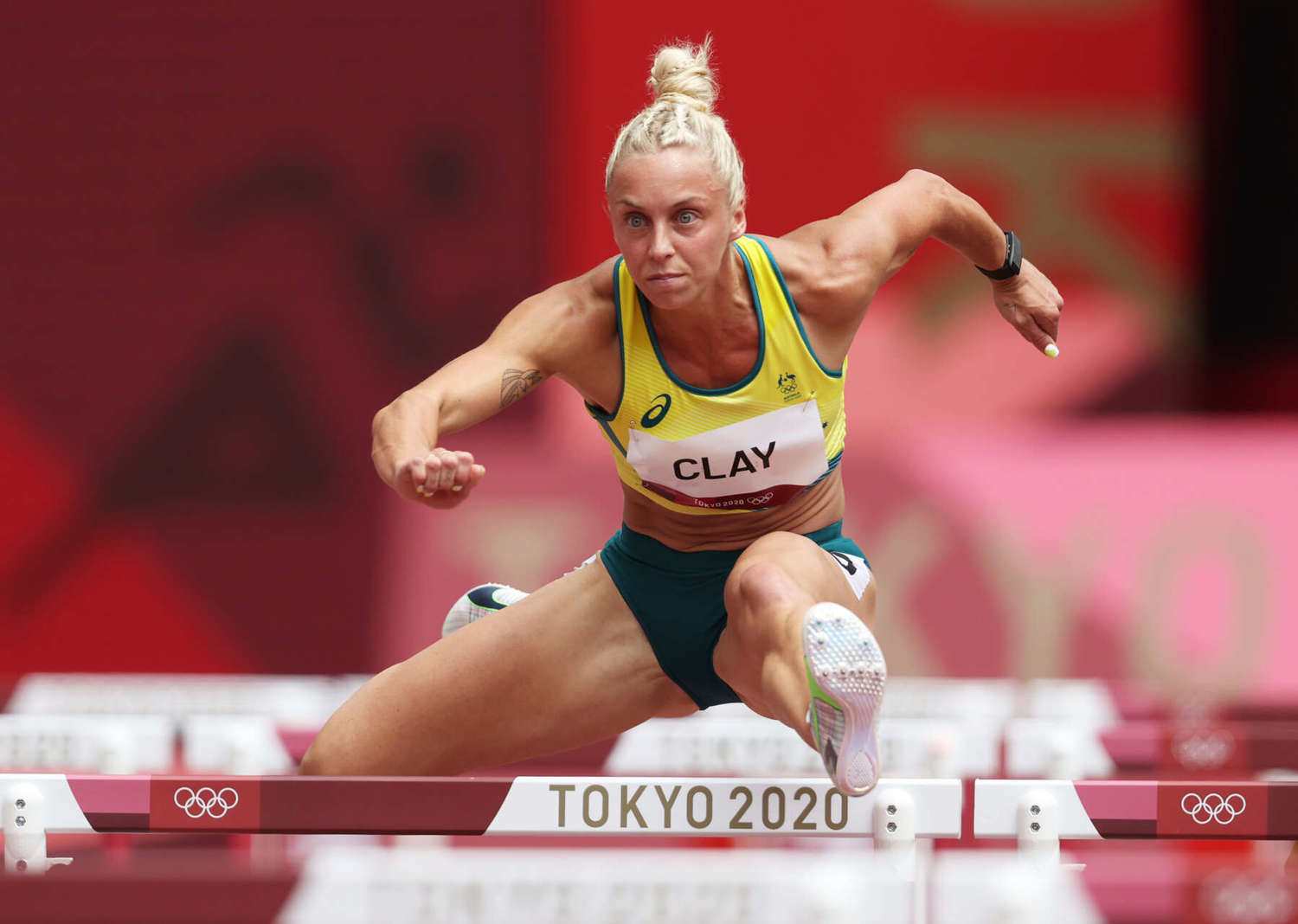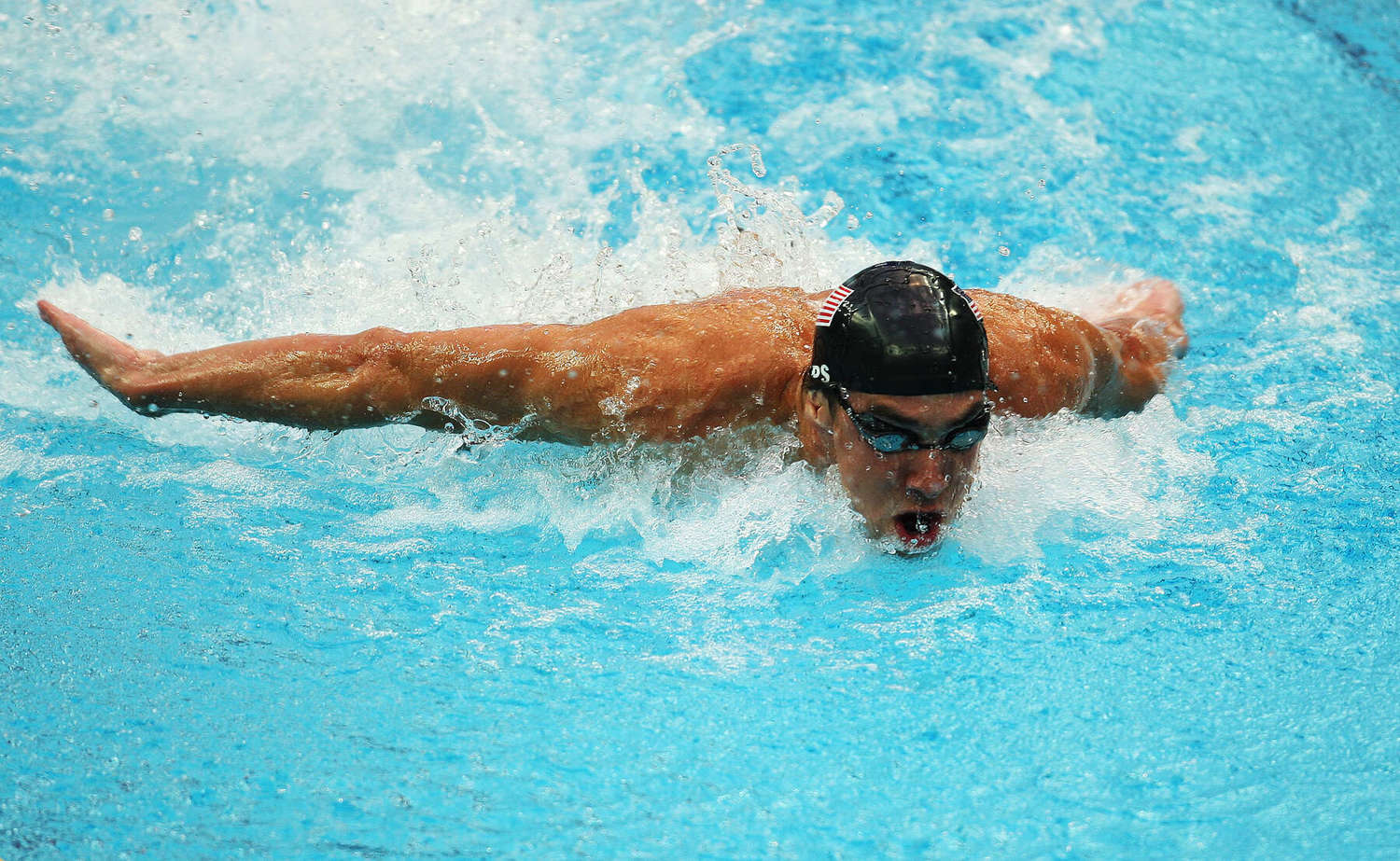It was a signature moment in Olympics history – American swimmer Michael Phelps struck gold in the 100m butterfly at the Beijing Olympics in 2008, beating Serbian, Milorad Cavic by just 0.01 of a second.
Phelps tapped into his sporting brilliance as well as a much-hyped, high-tech Speedo swimsuit – or super suit. His thrilling photo-finish was also no doubt powered by a team of sport scientists.
One field of sport science is sport biomechanics, a branch of applied mathematics, which uses our knowledge in physics to study human movement and help athletes enhance their technique, and push boundaries.
Winning gold at the Olympics can come down to chasing millimetres or milliseconds, and biomechanics helps athletes shave off those last few millimetres or milliseconds to take the winning podium.
For example, in a 110m hurdle event there are 10 hurdles. If an athlete can improve their technique to gain 1/100 of a second on each hurdle, that’s 1/10 of a second gain at the end of the race.
Similarly, in the sport of single-scull rowing, athletes typically take about 220 strokes to complete the 2000m Olympic race. So, an athlete can increase their stroke length by 5mm, while not altering their stroke frequency, there’s 1.1m at the end of the race they don’t have to row.
While such small distances may not sound like much, for elite athletes tiny distances make really big differences – they win medals.
Artificial Intelligence in Biomechanics
It is 16 years since that historic, Michael Phelps photo-finish in Beijing, big gains have been made in the field of biomechanics, particularly with the use of Artificial Intelligence since then.
Previously we were able to record huge volumes of motion analysis, but the limitation was how to process it. We were drowning in volumes of data. AI has made a massive difference. Movement analyses that used to take days, can now be done in minutes.
Some of our more traditional approaches are also being taken over by AI. While we’re nowhere near the point of being able to create AI-generated technique training programs by having athletes simply walk past a camera, basic processes such as gait analysis in non-athletes is now completely automated, which has great potential in sports performance analysis.
Smart Implants, Wearable Biomechanics
Ahead of the Brisbane 2032 Olympic and Paralympic Games, I expect we will see huge improvements in wearable technology that can measure every movement from every angle to unpack an athlete’s performance.
Clothing and protective equipment are already being instrumented to collect data about the wearer, but these are rarely used in competition.
However, increases in technology will make wearables even smaller, faster, and more reliable, while concurrent developments in data processing will continue to simplify and focus data interpretation.
This doesn’t mean that technology and AI will put biomechanists (or coaches) out of work. One of the reasons I still love my job and get so excited by it is because AI can’t write individualised specific training programs for enhancing high performance athletes – well, not yet.
And even if it could, and despite faster and better technology at hand, there is still an art to the execution. It still comes down to the quality of the coach, and the art of coaching.
Technology empowers the biomechanist, and the biomechanist empowers the coaches and athletes.
New Opportunities, New Boundaries
It’s certainly an exciting time for this field of study and research. In the 1980s, when I was embarking on my Master’s degree, you had to have exceptionally high-level mathematical skills; we were writing our own code.
Today, cutting-edge software packages mean the processes that took a couple of weeks to do, can now be done in seconds. While numeracy skills are still required, it’s no longer a prerequisite that you need to be a mathematics gun to undertakes study in biomechanics.
These changes have opened the discipline to far more people than ever before – these are exciting times.
The opportunities in the field of biomechanics are diverse, including studies in orthopaedics, prosthetics, motion capture in movies, computer gaming, and with sporting goods manufacturers.
Although some of these developments have perhaps enhanced performance a little too much the discipline is continuing to thrive.
If sport is your passion, there are huge advantages of having a High Performing Student Athlete program here at UniSC, and it being integrated with our Bachelor of Sport and Exercise Science.
We’ve had students working alongside our resident professional netball team, Sunshine Coast Lightning, taking data from the accelerometers to look at the load athletes experience during the game, to better understand how that influences their recovery from each game.
I have a PhD student who is working in with the Dolphins NRL team, undertaking research to increase our understanding of the modifiable risk factors around concussive events in the NRL.
We don’t just have a swimming team; we have the UniSC Spartans Olympic and Paralympic swimming squad, eight of which are going to the Paris Games.
Two students from my Advanced Biomechanics class undertook their work placement on the pool deck here at the University with the biomechanist from the Queensland Academy of Sport, working with the Olympic and Paralympic coaches and athletes every day. Not many students can say they’ve done that.
Biomechanics is still a niche profession. But by the time of the Brisbane 2032 Olympic and Paralympic Games, biomechanists will be pushing new boundaries, and so will our athletes.
High Performance Sport
A new generation of sporting excellence at UniSC
Media enquiries: Please contact the Media Team media@usc.edu.au




